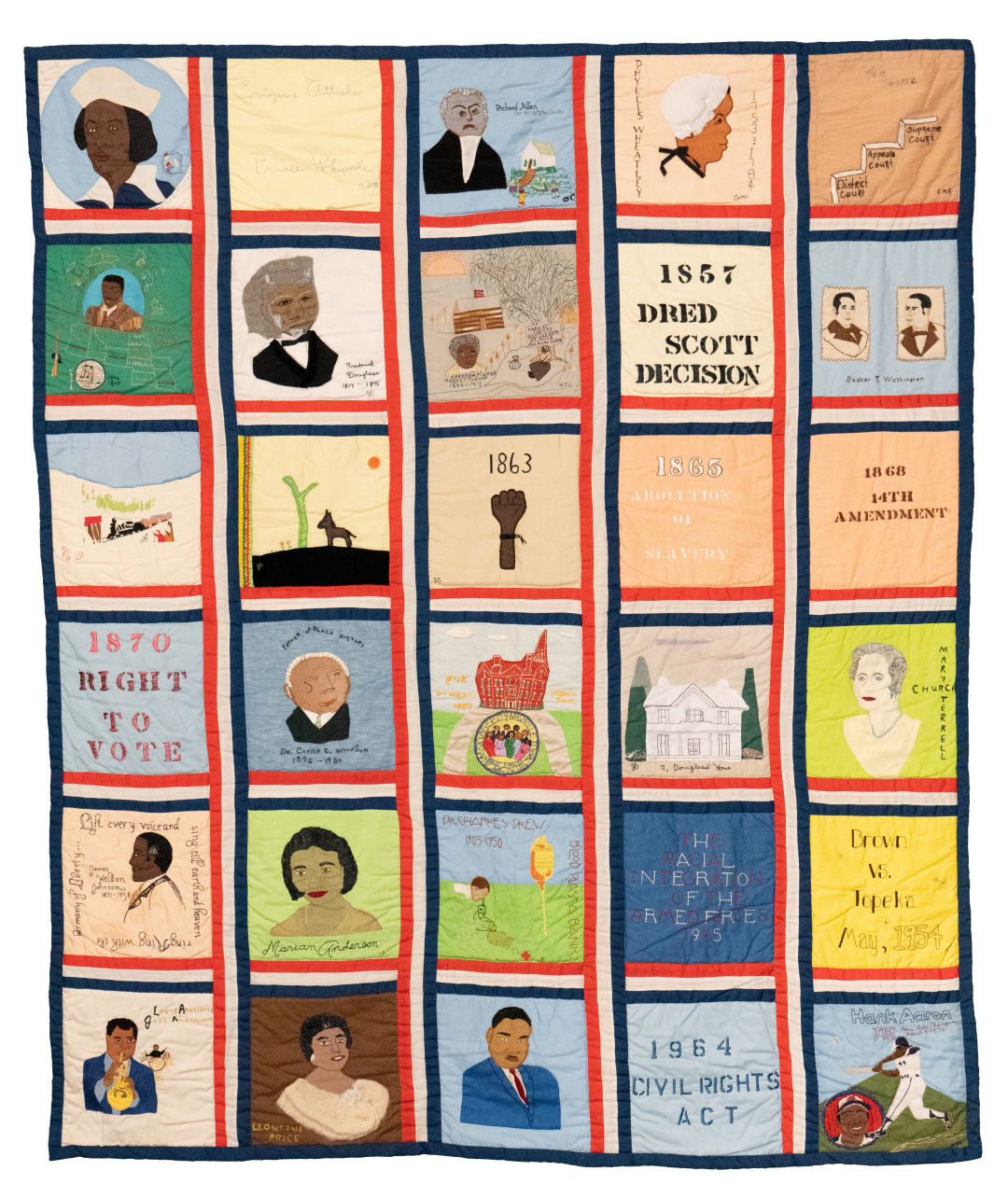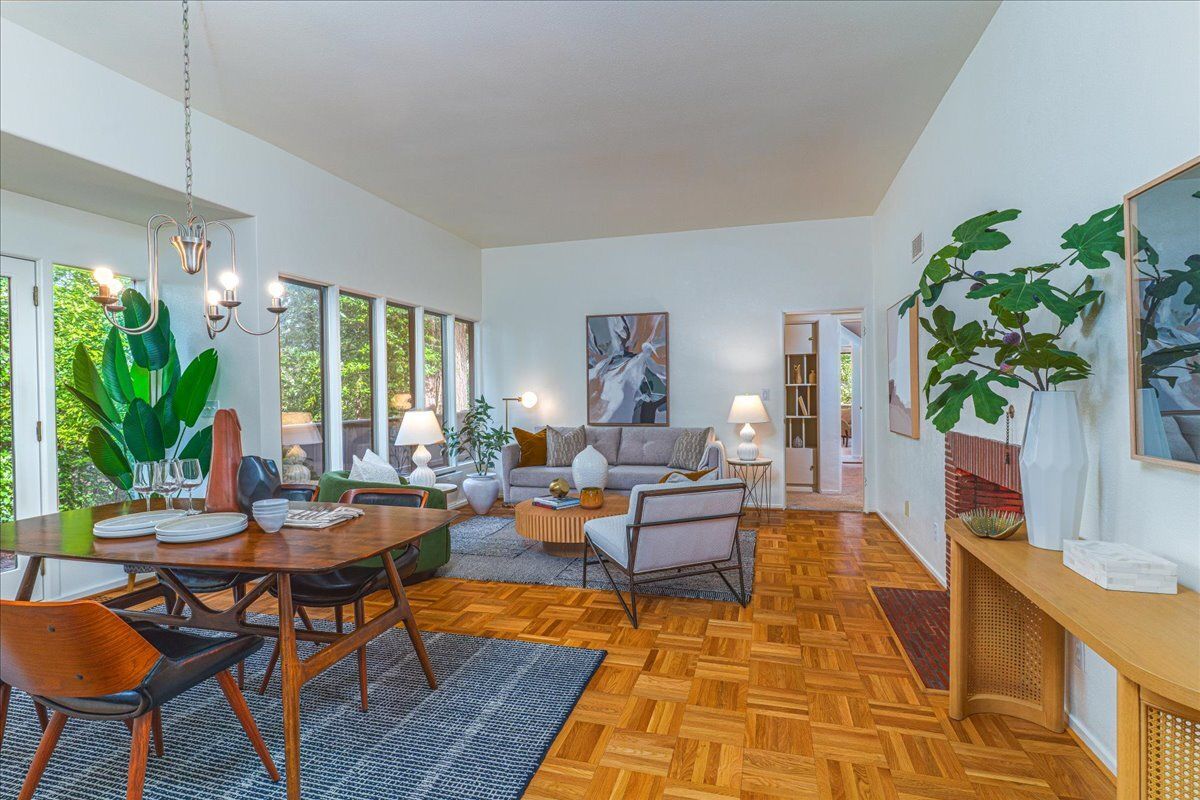First Theft, Then Recovery, and Now Restoration for a Historic Oregon Quilt

The quilt as it looked pre-vandalism (and hopefully post-restoration).
The Black-made, hand-stitched quilt that spent the night on the streets of Portland after an October break-in at the Oregon Historical Society is now getting a very careful restoration on the East Coast.
While the vandalism and theft of the Afro-American Heritage Bicentennial Commemorative Quilt was emotional for its curators, some good did come of it: a subsequent panel to discuss the quilt and other textiles proved far more popular than expected, bringing new light to an item that had been stored underground for the past two decades.
Each of the squares on the 5x6 quilt features a prominent figure or event in Afro-American history. From 1974-1976, a group of fifteen Black women worked diligently on bringing it to life, and in 1976 they donated it to OHS.
Over the years, the quilt has been in tours and displays all over the country, but, for the past two decades it’s been “resting” in its home, the vault at OHS.
The vault itself is 100,000 square feet and contains between 75,000-80,000 objects, all overseen by Deputy Museum Director Nicole Yasuhara.
Then, in early October, the quilt came out of hibernation for display in the OHS lobby, to mark Portland Textile Month. The display was set to run the whole month of October, but on the night of the 11th, OHS was vandalized.
Among shattered windows and doors, the quilt was taken from its display, and, about 12 hours later, was recovered by Portland police on a nearby street.
“When we found out we were vandalized, I was heartbroken but I wasn’t so surprised,” Yasuhara says, “Obviously we all know we’re in historic times right now, and I just choose to be thankful that it was returned and largely unharmed. I mean, it could’ve been so much worse—ripped or not returned at all, or burned.”
Damage to the quilt included color-bleed, and required attention from specialists; hence, the trip to the Textile Conservation Workshop in New York. “We sent it out last Monday and they received it. It will take a little bit of time to create a treatment proposal. I don’t expect we’ll have it back till the late winter. We tried to find someone local, but these guys [Textile Conservation Workshop] are truly the best at what they do,” Yasuhara says.
Though its spotlight was cut short, the incident wasn’t all bad. OHS had already planned to host a virtual panel on the 15th for the display, and, after the vandalism, they had a much larger audience than anticipated.
“We took that opportunity in the panel to teach people more about the quilt. We had a great turnout for it.”
Caleb Sayan, the founder of Portland Textile Month, hopes the piqued curiosity doesn’t end there: “If there’s a silver lining, I think that it’s helped raise profile for the quilt, the people who made it as well as the work that the Oregon Historical Society does,” he says. “There’s so much more discussion that needs to happen [about the quilt and its meaning]. We really hope this is just the start of the interest, whether it be local schools or local organizations.”




